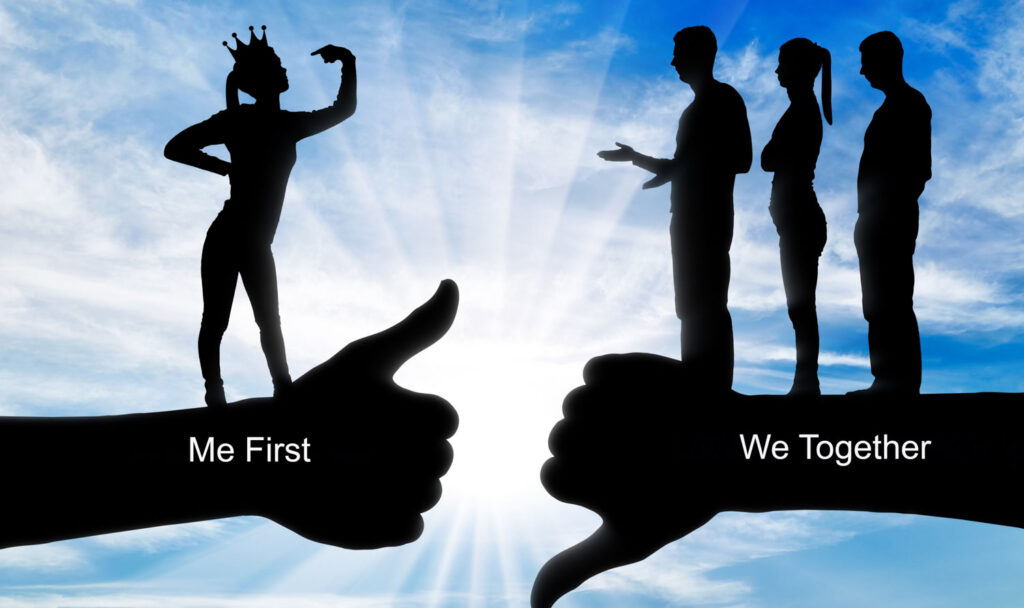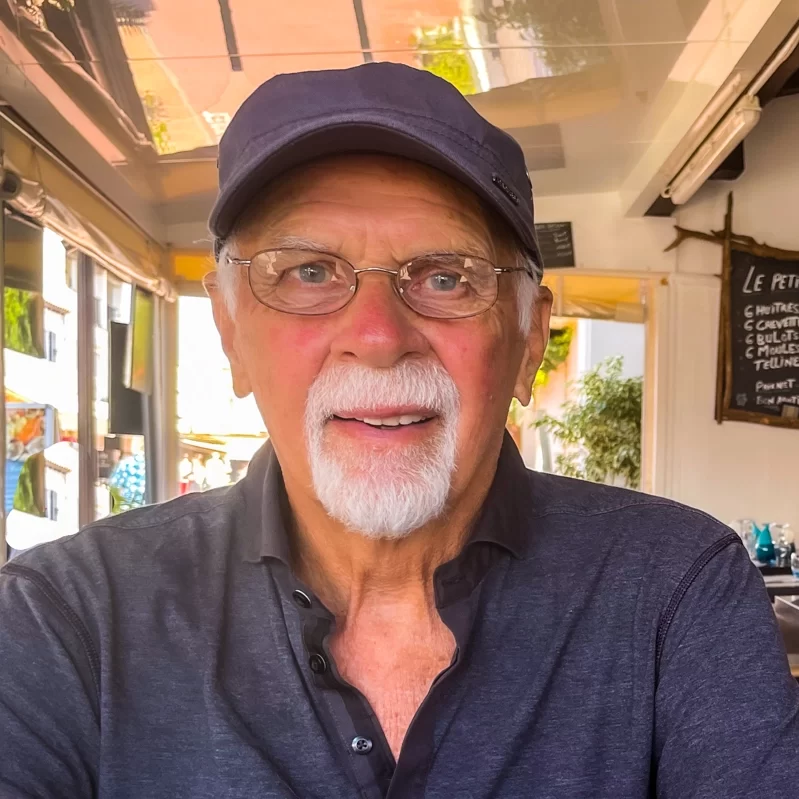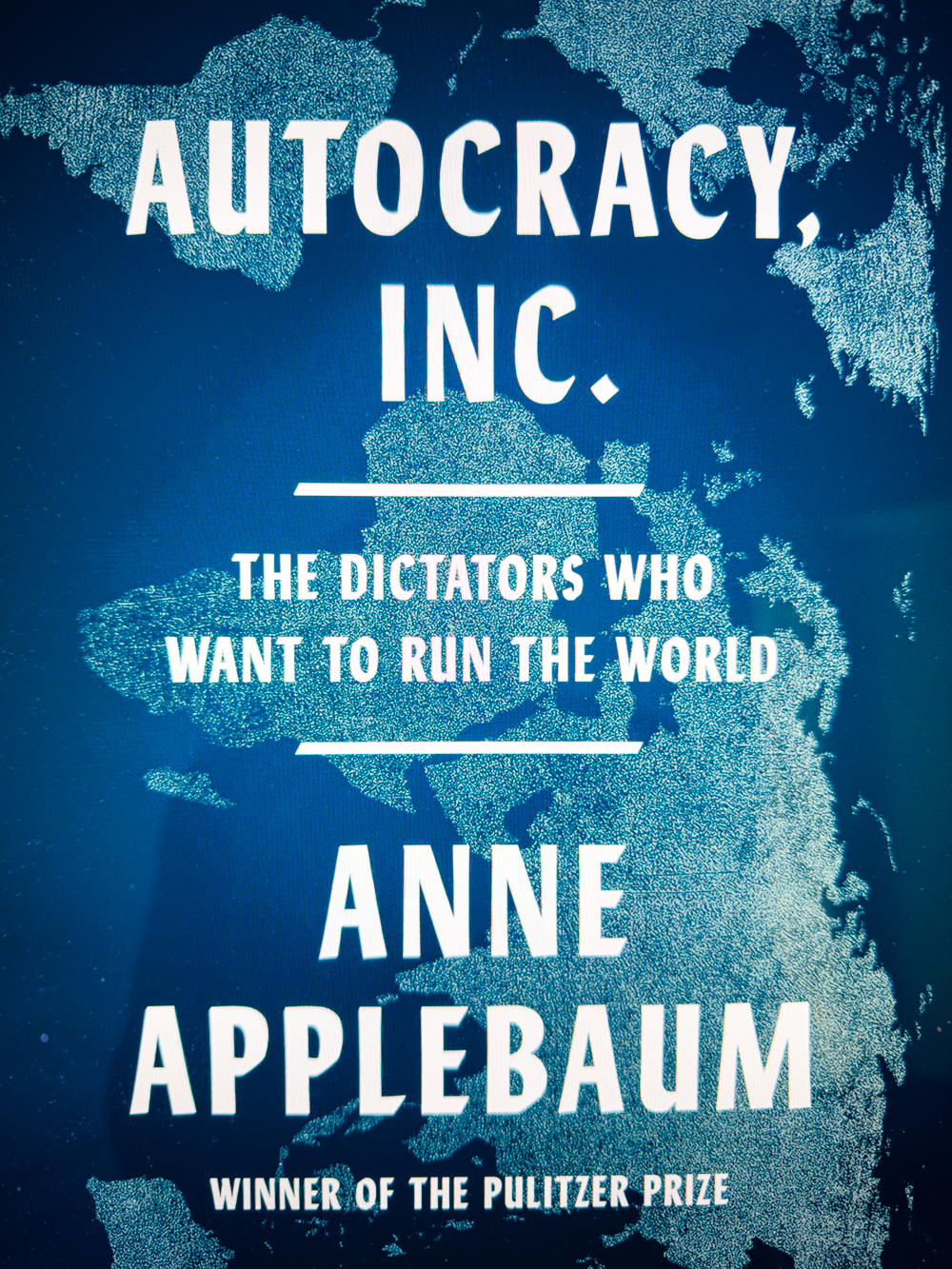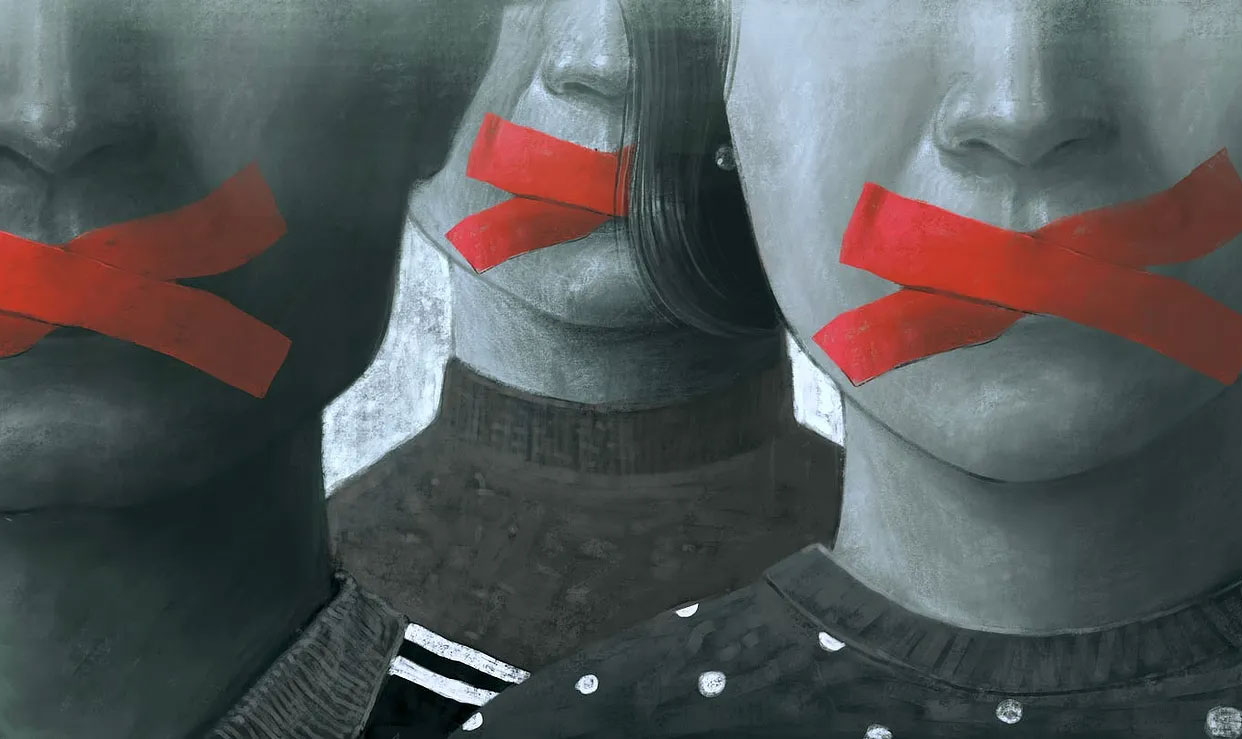You Want Liberty? Which One?
Which worldview of liberty should you choose to impose on others?

On March 25, 1775, at a church in Richmond, Virginia, an American patriot gave an impassioned speech to his fellow townsmen, urging them to approve of a resolution for Virginian troops to join in the Revolutionary War against British colonialism.
Toward the end of his brief speech, Patrick Henry implored the delegates:
Is life so dear, or peace so sweet, as to be purchased at the price of chains and slavery? Forbid it, Almighty God! I know not what course others may take; but as for me, give me liberty or give me death!
Partick Henry’s fellow patriots were so taken with his speech that the room stayed quiet for a few moments. Had time travel been available in 1775, it would have been the perfect opportunity for a 20th-century British philosopher to insert himself into the crowd, raise his hand, and ask in a dispassionate voice: “Mr. Henry, sir, which liberty do you prefer — positive or negative?”
What? There’s More Than One Liberty?
Had this fantasy scenario occurred, the time traveler questioning Patrick Henry would have been a Russian-born British philosopher, Isaiah Berlin. In 1958, Berlin published a profoundly important article, Two Concepts of Liberty. In this paper, he proposed two views of liberty: negative and positive.
Berlin wrote that when you coerce a person, you deprive them of their freedom. But, he asked, what is freedom? The answer to this question had always seemed obvious. Freedom has always meant to “do as you please without constraints from others.”
Do whatever you want to whomever you want. This is freedom? But we live in a society of others who also want to act freely. What if what I want to do interferes with what you want to do? What if my freedom diminishes your freedom?
I am amazed that prior to Isaiah Berlin’s seminal essay in 1958, no one seriously questioned the principle of “my freedom versus your freedom.” There seemed to be a historical assumption that “freedom” was an unalienable right reserved for certain persons (like the ruling class), but not for others.
Negative Liberty
Berlin defined negative freedom as doing what you want without coercive constraints. He did not consider natural limitations, like being unable to jump 10 feet into the air, to be a coercive constraint. Coercion (negativity) refers to deliberate acts or regulations by humans to limit your freely chosen activities.
Negative liberty, then, is associated with individualism and personal autonomy. In a society of citizens pursuing their own individualistic goals, advocates of negative liberty want to limit civil regulations that restrict their behavior.
At face value, negative liberty might seem like a utopian ideal for a “free” society. However, the context should be kept in mind. For example, in the early days of the American Republic, only white male property owners enjoyed this right. The landed gentry pursued this ideal to their profitable benefit.
Negative Liberty: Humanizing or Dehumanizing?
Negative freedom is not inherently dehumanizing if the participants in conflicting freedoms are committed to cooperation.
If my actions interfere with your freedom to act, we can discuss how our actions constrain each other. If our goal is to maintain respect for one another’s freedom, we can find some compromise that minimizes our differences.
Negotiating solutions to differences in our respective freedoms assumes a negotiation between equals. This principle of equality in negotiating differences is true whether the conflict is between two nations, two industries, or, on a smaller scale, two people who are partners.
Negative freedom becomes dehumanizing when there is a power difference between the two parties.
Suppose you and I are business partners in a company where you have 60% equity, and I have a 40% share. You propose an expansion of our business into a market that I consider to be high-risk. You want to gamble on our future, and I want to protect it.
A compromise solution might be to enter the risky market on a small scale that doesn’t expose the entire business. If we can compromise, our relationship will retain equity. However, suppose you assert your primary ownership and decide to enter the risky market without constraint. You decide on your own to go “all in.”
Through a binary “I win/you lose” decision, our relationship suffers an inequity due to your assertion of power. You have asserted your business equity at the loss of our personal equity.
Negative liberty can enshrine humanizing freedom to the extent that conflicts in freedom are resolved through equitable compromises. Unfortunately, conflicts in freedom seldom involve conflicting parties who respect each other’s power differences.
In cases of conflicting freedoms, power differences between parties often lead to inequitable solutions that dehumanize the one with less power by denying their freedom. Social and political hierarchies, with inevitable outgroup exclusions, are based on dehumanizing applications of negative liberty.
Positive Liberty
In contrast to negative liberty, which resists external constraints on freely chosen actions, positive liberty refers to your freedom to control and direct your own life. Negative liberty involves confronting external constraints, whereas positive liberty involves overcoming internal constraints to find your own path in life.
Living in a society based upon positive liberty means having the personal power and external resources to fulfill your potential. As Belin conceived it, positive liberty can involve state or societal assistance to ensure that you have the education, resources, and opportunities to achieve your goals. This could mean that a certain level of collective or state control is necessary to support individual freedoms.
Rebranding Negative and Positive Liberty: “Me First” versus “We Together”
Negative liberty, with its disdain for social constraints on an individual’s behavior, stands in contrast to positive liberty, with its advocacy for social resources to help you find your path in life.
By distinguishing between these two perspectives on liberty, Berlin illuminated the roots of the conservative and liberal divide.
Me First
Negative liberty is the fundamental principle driving the individualism that characterized the earliest days of the American Republic. When negative liberty is systemically applied in a dehumanizing manner, we have a “Me First” worldview of liberty.
An enduring symbol of the American Revolution is the Gadsden flag, which features a rattlesnake coiled around the motto: “Don’t Tread On Me.” Today, the slogan for the U.S. State of New Hampshire is “Live Free or Die.” But free from what? Free to do what?
We Together
Positive liberty is the freedom of personal expression and self-mastery that is not constrained by the social norms of rigid conformity. Berlin recognized that “no person is an island” and that each of us lives in a society of others where personal needs must be considered in the context of collective needs.
The foundation of a society built on positive liberty is each person having the resources and opportunities to realize the potential of their unique identity. I refer to a society built on this principle as the “We Together” worldview.
The Great Divide Between “Me First” and “We Together”
Here is a thought experiment highlighting the fundamental difference between the Me First (individualist) and We Together (collectivist) values. At the heart of this difference is a question about governance: who makes the rules about what is good for me?
This thought experiment focuses on the outbreak of COVID-19 worldwide. The world was unprepared for a highly infectious and lethal virus for which there was no protection.
Lacking a better defense, many nations imposed lockdown isolations with huge economic and social consequences. Within several months of the lockdown mandates, a second defense was proposed: a vaccination developed within an extremely short timeline.
In the world of individualism (Me First) versus collectivism (We Together), the individualists (believers in negative liberty) asserted that governments had no right to force them to isolate or vaccinate. The collectivists (believers in positive liberty) counter-argued that by not isolating or being vaccinated, the Me First individualists were infectious hosts who would harm others by spreading the virus.
The COVID-19 pandemic forced very difficult choices for all. Those who hold the Me First worldview abhor limits on their personal freedom. Those who hold the We Together worldview abhor individualists who put others at risk. Can these opposing worldviews ever be reconciled?
Can Two Flavors of Liberty Co-Exist?
The concept of a democracy built upon a singular principle of liberty has been torn asunder. The conservative intelligentsia accuses the liberals of destroying democracy by having created an administrative state that imposes coercive regulations on all aspects of citizens’ behaviors related to health, public welfare, and the economy (see Deneen, 2018 and Slack, 2023).
In contrast, liberals have identified administrative regulation as a primary strategy for distributing and protecting scarce resources, such as water conservation or limits on overfishing.
Related to the problem of overfishing, the conservative Supreme Court of the United States (SCOTUS) is considering a case that could greatly restrict federal agencies from using scientific expertise to regulate public health policy and distribute scarce public resources.
In theory, the Me First and We Together worldviews of liberty should be able to co-exist. In a healthy society, representatives of the two worldviews should identify their self-interests and conflicting collective interests. Through quid pro quo negotiations, the two sides could negotiate win-win compromises.
However, in today’s world, the compromise principle between conservatives and liberals has all but vanished. The Me First factions are in ascendance worldwide, and the We Together proponents are struggling to hold their base together.
In just one example, Germany is dealing with the increasing popularity of the ultra-conservative Alternative for Germany (AfD) party, whose platform includes the mass deportation of asylum seekers and German citizens of foreign origin. Germans who value We Together have taken to the streets in mass protests against this Nazi-like party while the AfD continues to gain in popularity.
To the great misfortune of our world democracies, compromise between worldviews is viewed as a sign of weakness.
What Would You Do?
Let’s return to our thought experiment that I referenced earlier. With a big stretch of your imagination, suppose you have the reins of your nation’s government fully in your hands.
Yes, you are The One.
You have read reports from the World Health Organization (WHO) that in 2022, deaths from measles infections have increased globally by 43% (compared to 2021). You read further that 33 million children were not vaccinated against measles in 2022. You have also been given reports that parents in your country (your voters) are increasingly resistant to having their children vaccinated against measles.
You hold the reins. You alone can fix it. Which worldview of liberty should you choose to impose on others? Is it a parent’s right to deny vaccination for their child, or is it the obligation of your government to protect every child from the spread of a deadly disease that is entirely preventable?
Will your decision be driven by the popular vote that keeps you in power or by a positive worldview about liberty that favors short-term sacrifices for long-term gains?
Your choice between the Me First and We Together factions will reveal much about your leadership values and the worldview of liberty you will advocate for your citizens.
References:
Berlin, I. (1958). Two concepts of liberty. In Liberty Reader (pp. 33–57): Routledge.
Deneen, P. J. (2018). Why Liberalism Failed.
Slack, K. (2023). War on the American Republic: How Liberalism Became Despotism
2 Comments
Leave a Comment
Unpuzzlings
THE LATEST PUZZLE
Test Book Vibes > Autocracy, Inc.: The Dictators Who Want to Run the World
by Anne Applebaum(2024). Haiti is widely regarded as a failed state. With 200 to 300 active criminal gangs, the nation’s economy, governance, political systems, and public services have all collapsed. In addition to instilling fear in the public, these gangs have also been engaged in conflicts with each other. By…
RELATED PUZZLES
Unpuzzling Political Terrorism: Dead Catting and Gut Messaging
The history of human civilization is the story of increasing exposure to information. Access has multiplied through evolving technologies: stone…
Autocrats Need You To Be Stupid. Are You OK With That?
Afghanistan’s post-occupation political landscape is today characterized by an authoritarian regime with unique ideological features, including the most severe restrictions…
When Religion Collides With Politics, Frozen Embryos Feel the Heat
Science and religion aren’t inherently at odds, but claiming their union is a bed of roses overlooks the thorns. Introduce…







The definition of “liberty” or “freedom” is puzzling.
To go back to the Patrick Henry quote, there are quite a few paradoxes. Here is my list:
1) In comparison to many of the world’s people today (like the Russians), the Americans of 1776 were not badly governed by the British.
2) The 1776 Americans wanted more freedom, but were unwilling to give it to their slaves.
3) Not much freedom for the native Americans, either.
4) The Americans who were loyal to Britain were chased out of the US, having their property confiscated.
5) And the vote was given only to the rich, white men. No political freedom for the 95%.
Too often “freedom” and “liberty” are platitudes to get the agitators riled up.
Rather, we need laws to define our freedom and liberty. If we are living in an oligarchy, the rule will define the laws. If we are living in a democracy, we are working together to define those law.
Being able to participate in this law making is our “freedom.”
Dave – thanks for your note. I agree about the fuzzy definitions of liberty and freedom. I would take it further and say that, like the idea of “God,” there are important words that everyone uses but they use these words on personal ways.
For example, one person sees God as vengeful, and another sees God as forgiving. These are two perspectives that mark two different mind-sets.
Each person’s understanding of liberty and freedom varies in mindset. For some, these words mean “doing what I want when I want without being constrained by others”. This is a self-oriented mindset.
For others, liberty and freedom mean equal opportunity to grow and achieve without institutional constraints that restrict freedom and liberty for some. This is an abundance-oriented mind-set.
Human nature is such that societies have both mind-sets in roughly equal representation. Ideally, people with these different mind-sets can talk about their opposing perspectives and agree to reach compromise solutions.
But human nature is such that some will leverage these different mindsets to gain power. These power players will widen the divide by exaggerating differences and equating compromise with weakness.
These two mindsets, self-oriented and collective-oriented, are a given of human nature. The challenges of how these two mindsets live together are as old as civilization.
I don’t think legislated rules can solve this eternal conflict. I think the answer is found in the more complex dynamic of culture—does a society want to establish a culture of fear or a culture of trust?
The society favored by autocrats is the culture of fear.